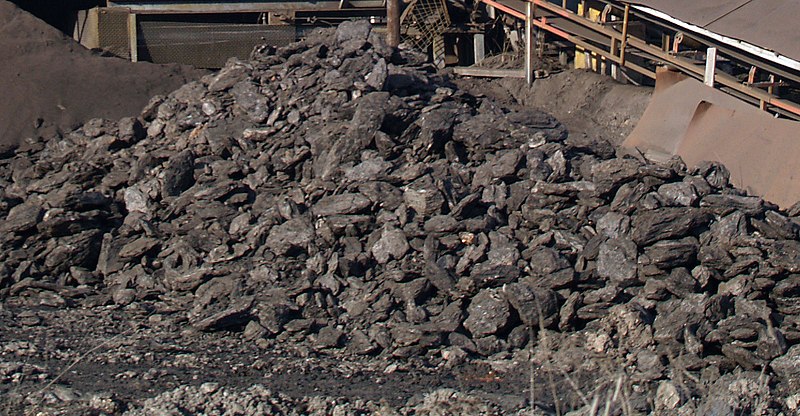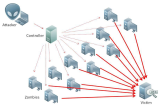
The brown coal belt in eastern Germany is undergoing a transformation towards renewable energy as plans for the country's largest battery park are unveiled. The project, led by Czech-owned
mining and power company LEAG, aims to construct a 200 million euro ($218 million) facility at the site of the Boxberg coal-fired power plant near the Polish border. The battery park will store wind and solar energy, gradually replacing the coal pits in the Lusatia region. In addition to the battery park, LEAG plans to build solar and wind plants with a capacity of up to 7 gigawatts on former coal mine sites by 2030, generating employment opportunities for over 1,000 individuals.
The initiative aligns with the German government's goal of phasing out coal power and achieving a carbon-neutral economy by 2030, earlier than the agreed target of 2038. However, the transition faces mixed reactions in the region, with concerns about its social and ecological impact and the technical challenges involved. The mood in Lusatia reflects broader unease with green policies in Germany, contributing to the rising support for the anti-establishment AfD party, particularly in the eastern regions.
Ute Liebsch, the head of Lusatia's IG BCE workers union, expresses concerns about the potential negative impact of a rapid coal exit on job availability, citing the need to retain young people in the region. Efforts to attract young professionals to Lusatia through campaigns such as "Awesome Lusatia" have been initiated, aiming to counter negative stereotypes and boost the region's image. However, there are concerns that the AfD's political agenda may hinder the region's ability to attract investors, students, and specialists.
The transition also raises questions about the future of mining jobs, as many coal workers are expected to retire or require retraining in renewable energy by 2030. Retraining efforts are deemed insufficient by some, with only 18% of locals believing that politicians are doing enough to counteract the consequences of the coal phase-out. Furthermore, technical challenges remain, including the stability of energy loads during the switch from coal to renewables. Water supply is another significant concern, as reducing groundwater pumping could impact the budding green hydrogen industry and the water supply to Berlin via the Spree River.
LEAG presents the battery project as a model for a green transition, emphasizing its potential to replace coal-fired power generation with renewable energy sources. However, obstacles persist, and careful management of water resources is crucial to avoid negative ecological and supply consequences. The phased exit from coal production poses complex challenges, and local politicians are pushing for a more measured pace of change, citing the unrealistic nature of achieving a coal phase-out by 2030. Photo by Edal Anton Lefterov, Wikimedia commons.








































